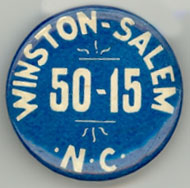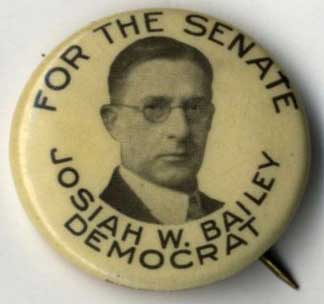“In 1941 Arthur Miller, penniless, got a job with the Library of Congress. [The 26-year-old playwright] was sent South to record accents. Miller arrived in Wilmington, North Carolina, a few weeks before Pearl Harbor….. A huge new facility had just been built to provide ships for the Navy and Atlantic convoys. But the black people who had built the yards could not get work making the ships. There was also strife in textile manufacturing.
“Miller was more interested in what the people had to say rather than in the way they said it. Most striking to Miller… were the people making music out of their experience and struggle — a railwayman singing raw blues and striking women shirt-makers…. He found a hall and recorded several songs and interviews.
“Miller’s recording trip lasted only a few weeks, but it had a profound effect on him. He had never been to the South before and was shocked by the racism and anti-semitism. He was held at gunpoint for being Jewish. Once he made his host, a health care organizer, incandescent with rage by addressing a black man as ‘sir’ rather than ‘boy’ (the man was in his 50s, Miller in his early 20s).”
— Adapted from “Arthur Miller: The Accidental Music Collector” (bbc.co.uk)
According to “Arthur Miller,” a 2009 biography by Christopher Bigsby, Miller also was taken aback by the dietary habits of the health official [who was apparently Dr. T. F. Vestal, state director of industrial hygiene]: “For breakfast he had four small bags of peanuts and two Coca-Colas. In the corner of his office were cases of Coca-Cola. He was the head [sic] of the health service of the state of North Carolina!”


